
CATEGORIES:
BiologyChemistryConstructionCultureEcologyEconomyElectronicsFinanceGeographyHistoryInformaticsLawMathematicsMechanicsMedicineOtherPedagogyPhilosophyPhysicsPolicyPsychologySociologySportTourism
Recovery of the economy. Deng’s reforms 1978-84
* Agriculture:decollectivizing agriculture and emphasizing the Household-responsibility system, which divided the land of the People's communes into private plots
* Private businesses were allowed to operate
* Country was opened to foreign investment. Deng created a series of special economic zones for foreign investment that were relatively free of the bureaucratic regulations and interventions that hampered economic growth. These regions became engines of growth for the national economy
1984-93
* Further decentralisation of state control over private sector
* Private sector surpassed hugely inefficient state sector in mid-90s
* Also various reforms were done in banking system and trade policies that resulted in China joining WTO at the beginning of 21 century
Rates of growth since Deng and how it translates into nominal GDP

* Throughout the reform period, the government reduced tariffs and other trade barriers, with the overall tariff rate falling from 56% to 15%. By 2001, less than 40% of imports were subject to tariffs and only 9 percent of import were subject to licensing and import quotas.
* Trade has increased from under 10% of GDP to 64% of GDP over the same period.
* Special Economic Zones (SEZs) were created in the early 1980s to attract foreign capital by exempting them from taxes and regulations. This experiment was successful and SEZs were expanded to cover the whole Chinese coast
Driving forces of China’s growth
* Capital accumulation
* Export orientation
* Manufacturing concentration
Features of China’s trade
* Extraordinary growth (10% GDP annual growth for the past 10 years; share in the world trade from 1% in 1980 to 9.7% in 2010)
* Change in factor intensity of exports (from labour-intensive to technology-intensive )
Why FDI inflows are so great in China?
* After Deng’s reforms FDI inflows combined with unskilled low-wage labour made it ‘factory of the world’
* Still China is most popular for offshoring production of manufactured goods.
* Apart from obvious benefits of high FDI inflows to China (eg growing exports, hence growing GDP), allowing foreign firms privileged access to China’s market in exchange for technology sharing!
“Made in China” vs “Made by Chinese”
* Shift towards production of high-tech goods. This led to:
* 1) Increased demand for education
* 2) It still imports most sophisticated components – Transfer of know-how comes from FDI and joint ventures with foreign partners. These skills are not yet possessed by domestic producers
* 2) However, 85-90% of those products are not their own. China is still being treated as an ‘assembly line’
Changing the picture
* In order to attract more investment into production of medium-tech and high-tech goods, China decided to:
a) Increase governmental spending on research and development( up 10 1.83% of GDP)
b) Expand education to the whole population à expand higher education à improve quality of teaching + send a lot of students to study abroad.
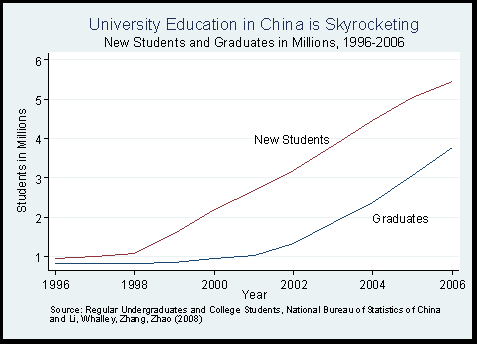
“Made by Chinese”
* Government is trying to reduce the extend to which they rely on foreign technology - “National Medium to Long-term plan for the development of Science and Technology”
Would China be #1 (Nominal vs Real terms)
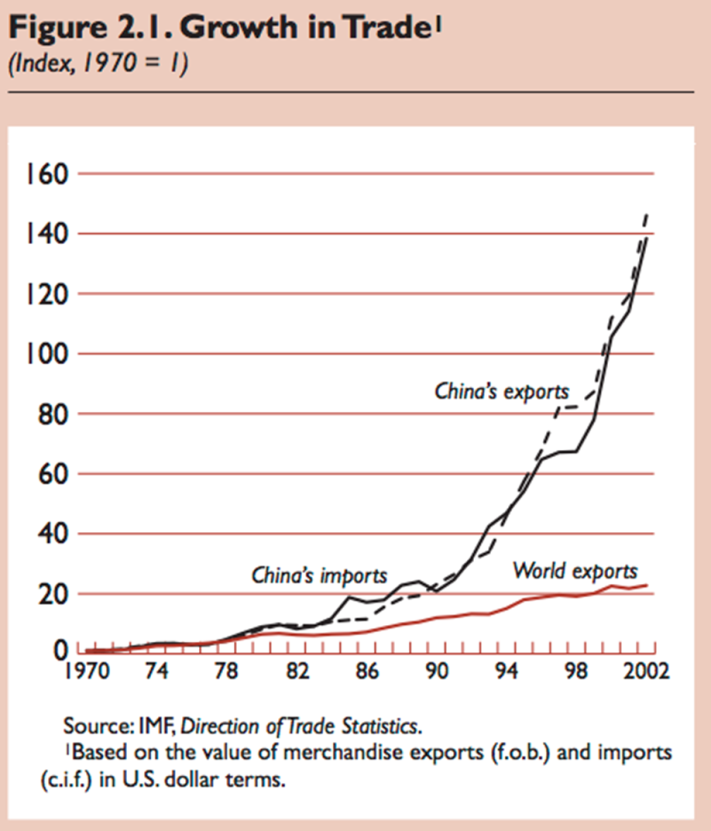
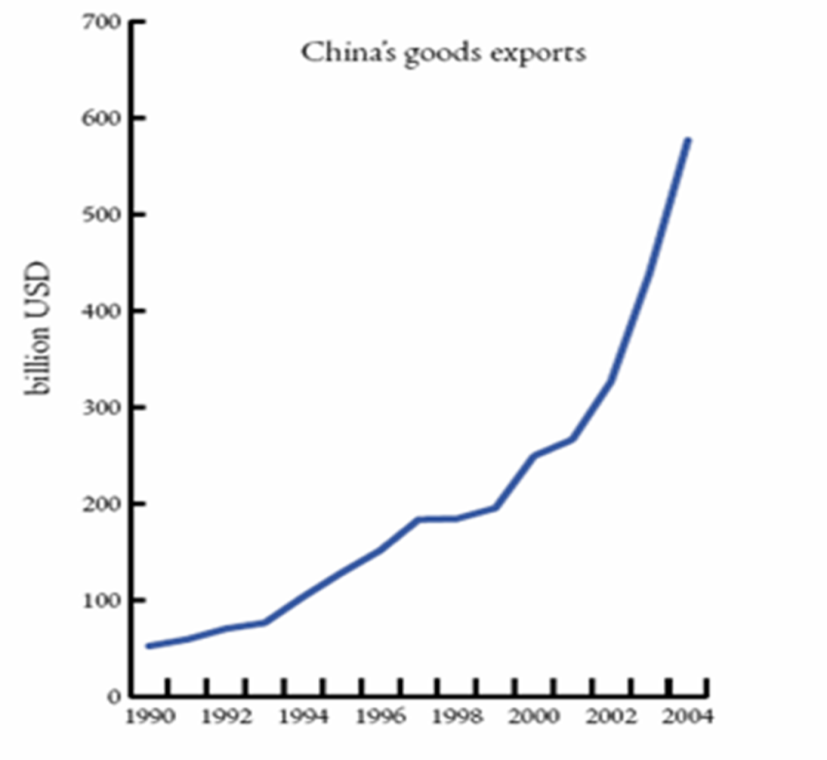
Threats for foreign companies entering China’s market
* Dealing with government
* Cultural differences
* Political regime
China as FDI exporter
Chances to overtake US
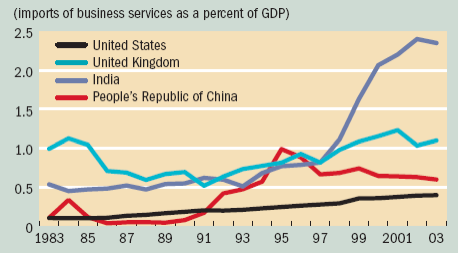
Reasons for outsourcing: Outsourcing World Summit
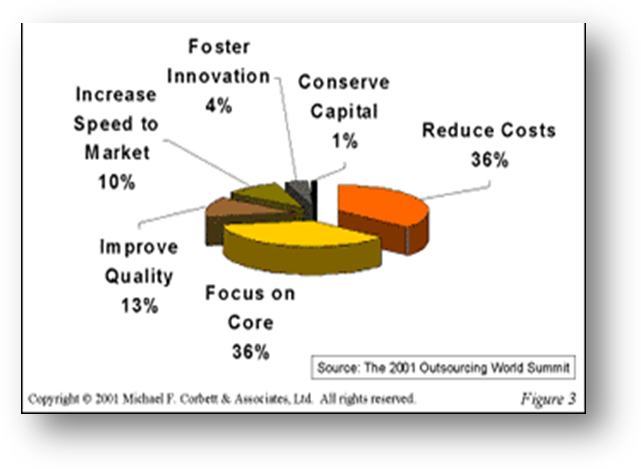
Reasons for outsourcing: Data Center outsourcing survey by ESJ.com
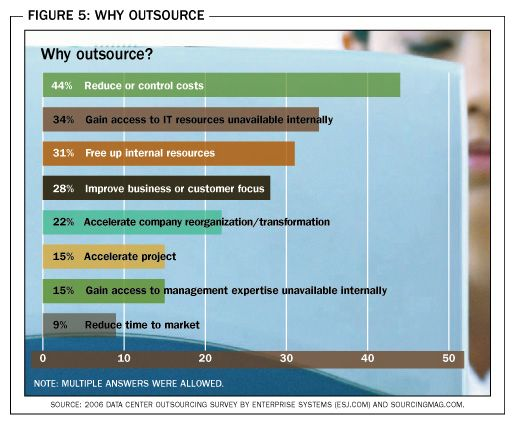
Useful links
Offshoring - http://businesssrilanka.com/Articles6.aspx
Date: 2015-01-11; view: 1950
| <== previous page | | | next page ==> |
| China as the most attractive country for FDI. | | | ECONOMY OF UKRAINE |